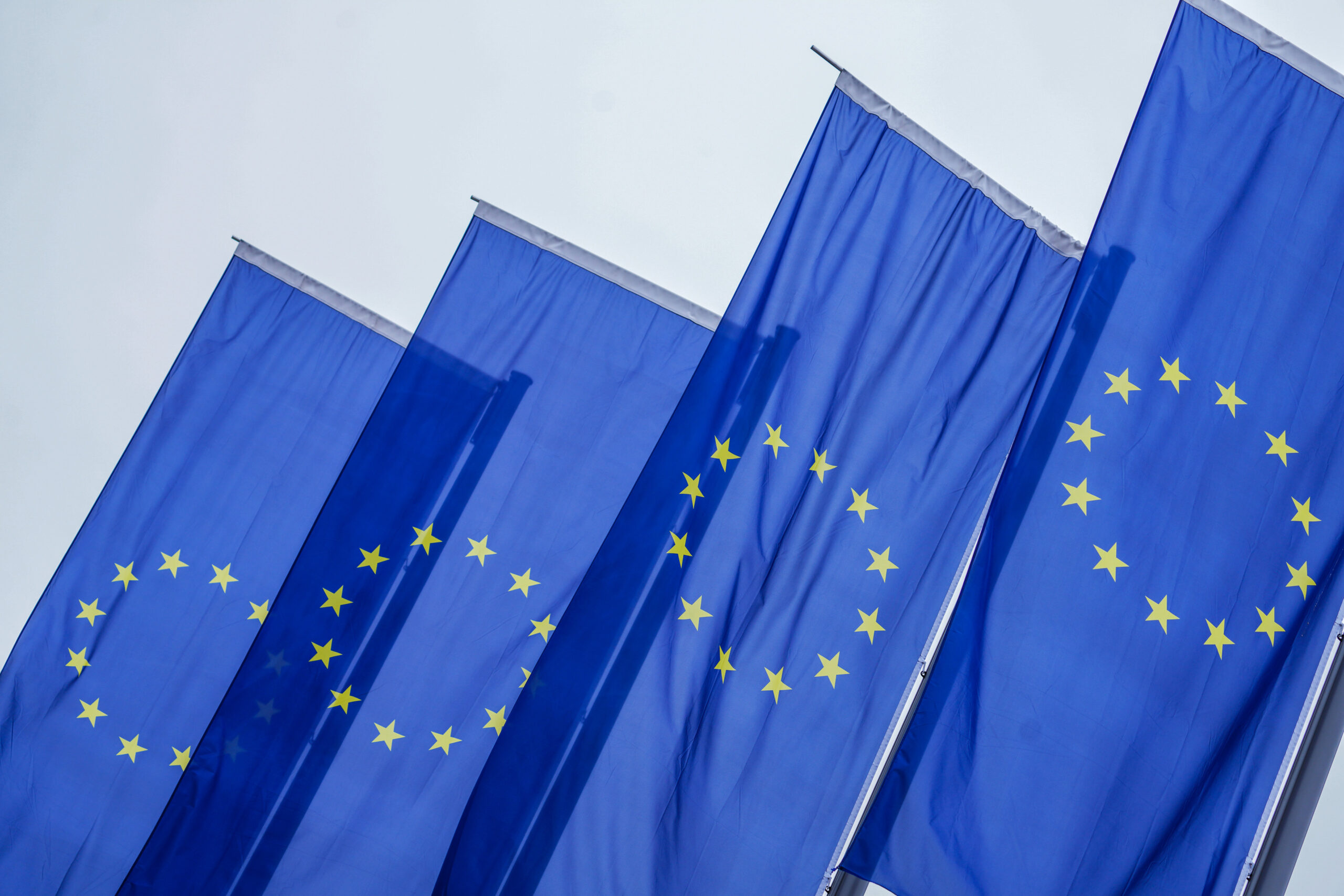
In February 2024, the European Parliament issued new regulations to ensure financial transactions reach their recipients instantly across the European Union. The new rules update certain regulatory requirements for banks and other types of payment service providers (PSPs). In addition to this, was amended.
In light of these developments, this article will shed light on the evolving EU payments landscape by exploring: What is SEPA? SEPA is a framework established by the EU that harmonizes euro-denominated payments across participating countries. The framework’s main objective is to create a more efficient market for payments across Europe by allowing for seamless euro transactions, eliminating the distinctions between domestic and . SEPA payments are any euro-denominated payments made between accounts in the SEPA zone using standardized procedures and formats, including: A SEPA mandate is a foundational element of SEPA payments, serving as the payer’s permission for their bank account to be debited.

Initially, SEPA mandates had to be signed on paper. However, in 2012, the European Council wanted to harmonize payment systems in euros. As a result, was passed into law, which promoted the transition to digital mandates.
The electronic mandate is essentially evidence for billers to justify debits and protect against any claims that unauthorized transactions have taken place. If such transactions do occur, payers can request refunds within 13 months. The benefits of using SEPA payments SEPA payments offer financial institutions numerous advantages, including: What are the SEPA countries? The SEPA zone encompasses 36 countries, including EU member states and additional countries that have opted to participate in the initiative.
The countries in SEPA are: SEPA legal framework and regulations A robust legal framework underpins the SEPA initiative to ensure smooth operations and compliance across all member states. The foundation of SEPA lies in several key regulations and directives: What are the five SEPA payment processing schemes? Building on this legal foundation, the European Payments Council (EPC) developed five distinct SEPA payment processing schemes, each designed to cater to different types of transactions. EU instant payments regulatory reform Despite three of these five schemes focusing on instant payments, the market remains fragmented.
In fact, in 2023, only about in the European Union were processed as instant payments. To promote real-time payments in Europe, the European Council has prioritized establishing a fully integrated instant payments market. As mentioned previously, a new regulation was introduced in early 2024 to achieve this, amending the SEPA ICT rulebook and setting out the following requirements for firms: The introduction of new instant payment regulations in Europe presents several compliance challenges for FIs across the SEPA zone.
These include: By January 9, 2025, all PSPs in the EU must be able to receive instant payments. By October 9, 2025, PSPs must also offer the facility to send instant payments at an affordable rate. Many firms may find their with these deadlines.
Integrating refined financial crime controls may be challenging as firms transition to SEPA ICT. Compliance processes – such as know your customer (KYC), name screening, payment screening, and fraud detection – each involve distinct applications that must be integrated to ensure effective compliance. The primary challenge here lies in synchronizing these various applications within the incredibly fast-paced environment of instant payments.
Each process needs to function efficiently with the others to avoid delays that could negatively impact the speed of transactions. Under the new regulations, banks and PSPs must verify whether their users are subject to targeted financial restrictive measures (on a daily basis at minimum). The challenge here lies in balancing the need for .
How to comply with the EU’s evolving instant payments regulations As the EU continues to update its regulations to standardize cross-border instant payments, firms will be faced with new requirements under a tiered implementation schedule. Some top tips for firms to ensure compliance include:.














